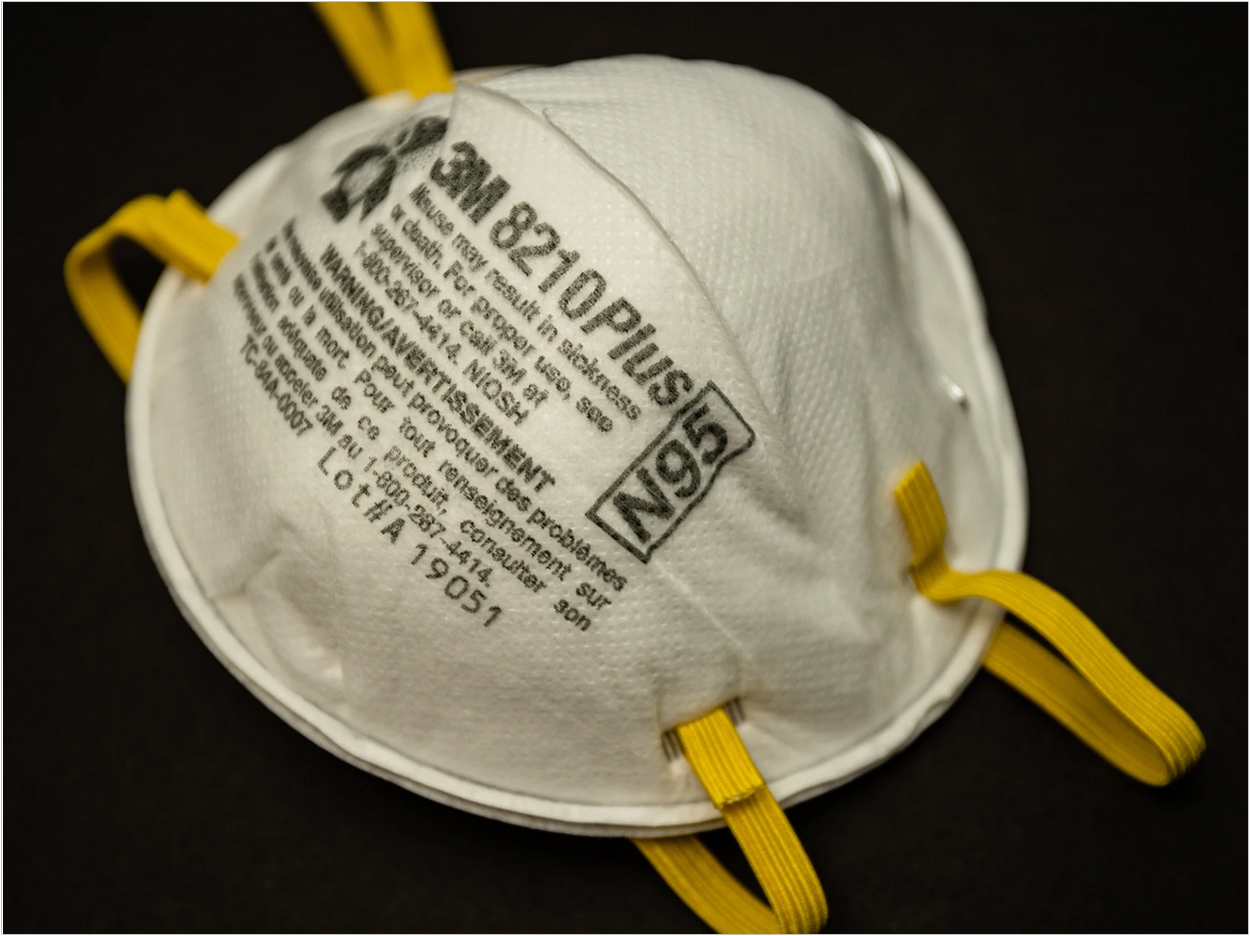
The Centers for Disease Control and Prevention (CDC) reports that N95 respirators can be decontaminated and reused as protection against the virus that causes COVID-19, but the integrity of respirator fit and seal must be maintained.
The CDC analyzed four different decontamination methods for their ability to reduce contamination with infectious SARS-CoV-2 and their effect on N95 respirator function:
- Ultraviolet (UV) light (260 to 285 nm)
- 70°C dry heat
- 70% ethanol
- Vaporized hydrogen peroxide (VHP)
For each method, the CDC compared the normal inactivation rate of the SARS-CoV-2 virus on N95 filter fabric to that on stainless steel. Using quantitative fit testing, the CDC then measured the filtration performance of N95 respirators after each decontamination run and two hours of wear for three consecutive decontamination and wear sessions.
VHP and ethanol yielded extremely rapid inactivation both on N95s and on stainless steel. UV light inactivated SARS-CoV-2 rapidly from steel but more slowly on N95 fabric, probably because of its porous nature, the CDC said. Heat caused more rapid inactivation on N95s than on steel, with inactivation rates on N95s comparable to UV.
Quantitative fit tests showed that the filtration performance of N95s was not markedly reduced after a single decontamination for any of the four methods. Subsequent rounds of decontamination caused sharp drops in filtration performance of the ethanol-treated masks and, to a slightly lesser degree, the heat-treated masks. The VHP-treated and UV-treated masks retained comparable filtration performance to the control group after two rounds of decontamination and maintained acceptable performance after three rounds.
VHP treatment had the best combination of rapid inactivation of the virus and preservation of respirator integrity under the experimental conditions. UV light killed the virus more slowly and preserved respirator function almost as well. Dry heat at 70°C killed the virus with similar speed to UV and is likely to maintain acceptable fit scores for one or two rounds of decontamination but should not be used for three rounds. Consistent with earlier findings, the CDC said, ethanol decontamination reduced N95 integrity and is not recommended.
All treatments, particularly UV light and dry heat, should be conducted for long enough to ensure sufficient reduction in virus concentration, the CDC said. The degree of required reduction depends upon the degree of initial virus contamination. The CDC said that policymakers can use its estimated decay rates (see file above) together with estimates of real-world contamination to choose appropriate treatment durations.
In times of shortage, the CDC said, N95s can be decontaminated and reused up to three times by using UV light and HPV and once or twice by using dry hear. Following nationally established guidelines for fit testing, seal check, and respirator reuse is critical, the CDC said. The CDC further recommends performing decontamination for sufficient time and ensuring proper function after decontamination using readily available qualitative fit testing tools.
Related Articles
Updated CDC Guidelines Resemble ADA Recommendations
CDC Calculator Figures Out Your PPE Burn Rate
OSHA Updates N95 Decontamination and Reuse Guidelines












